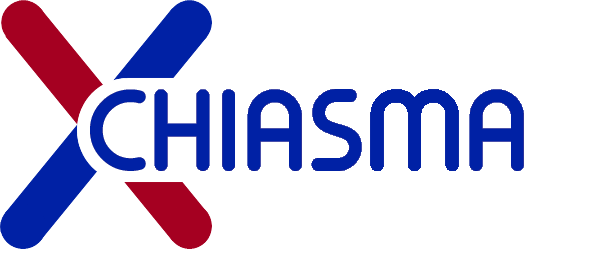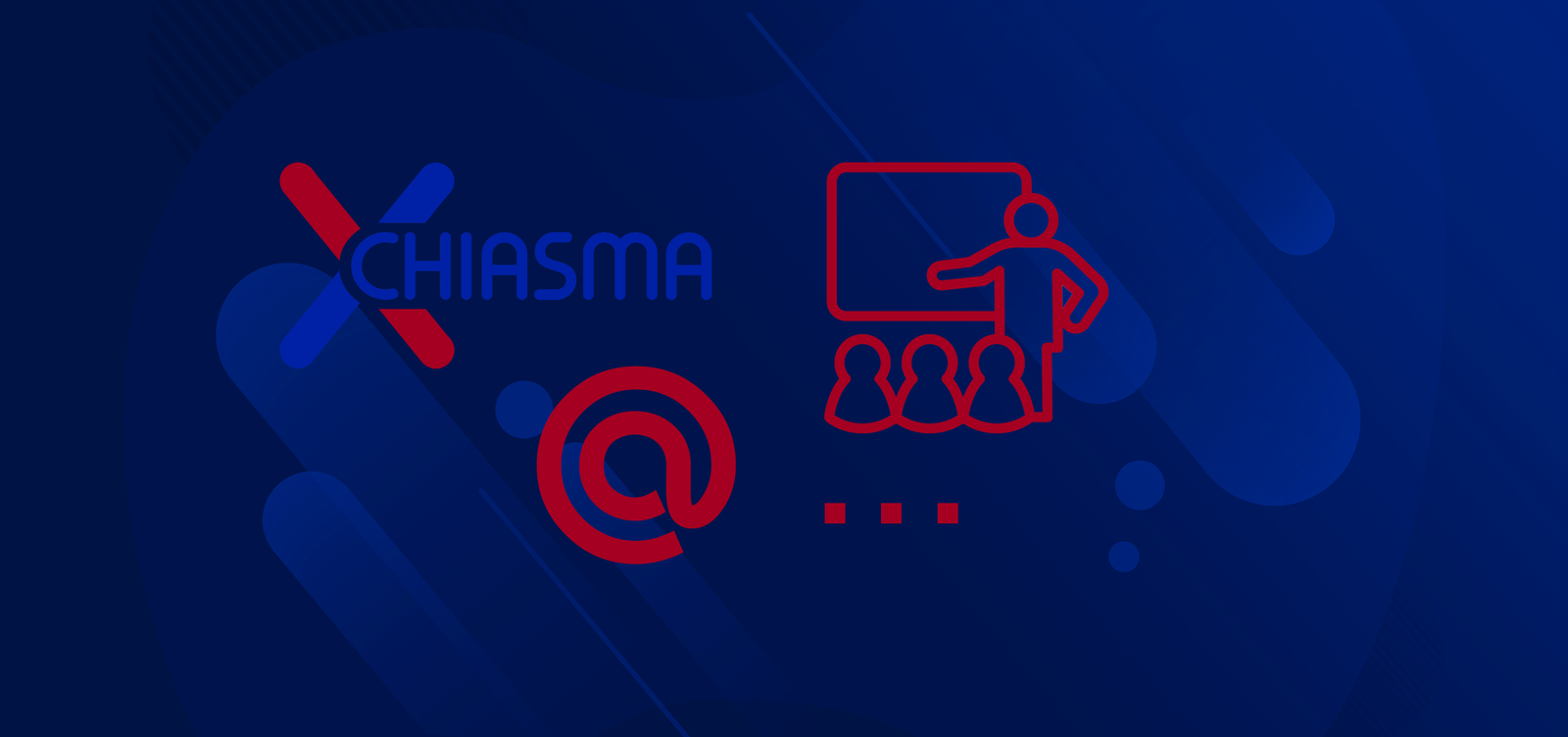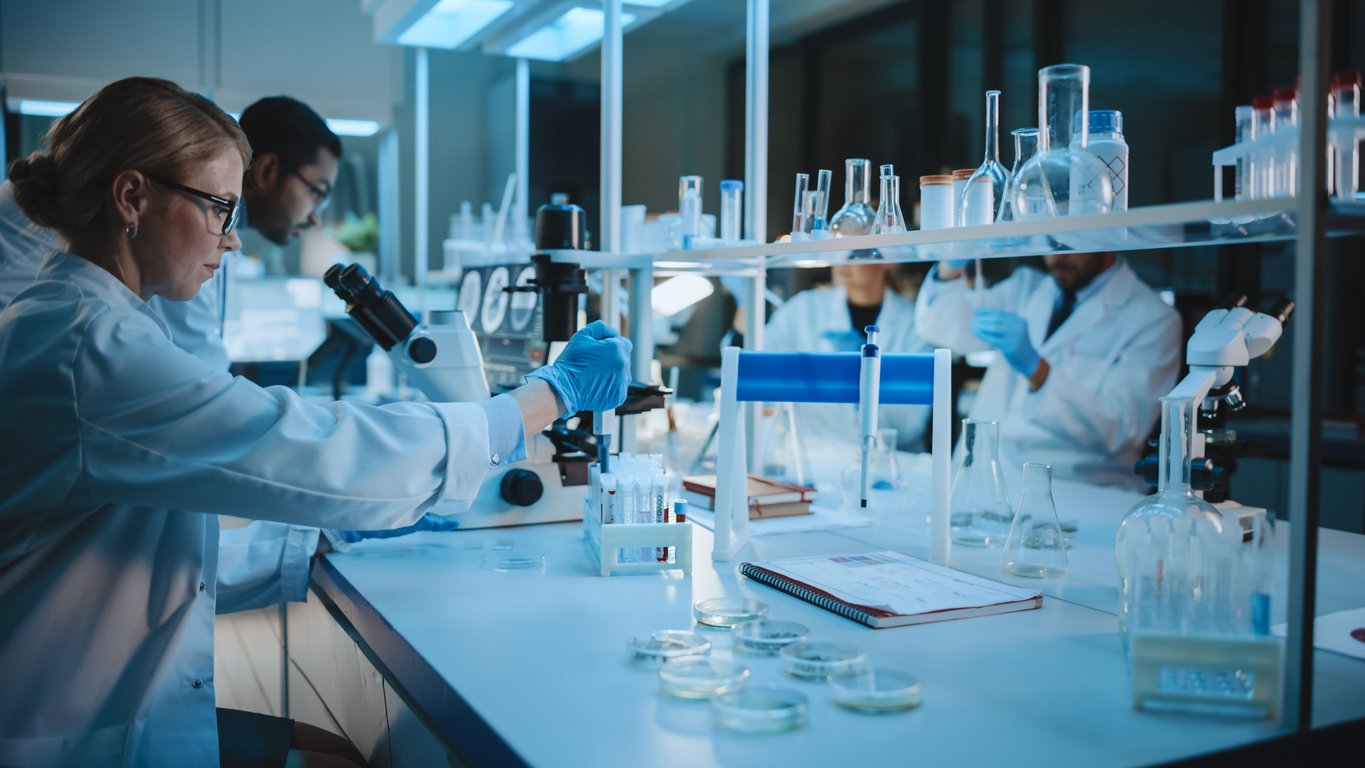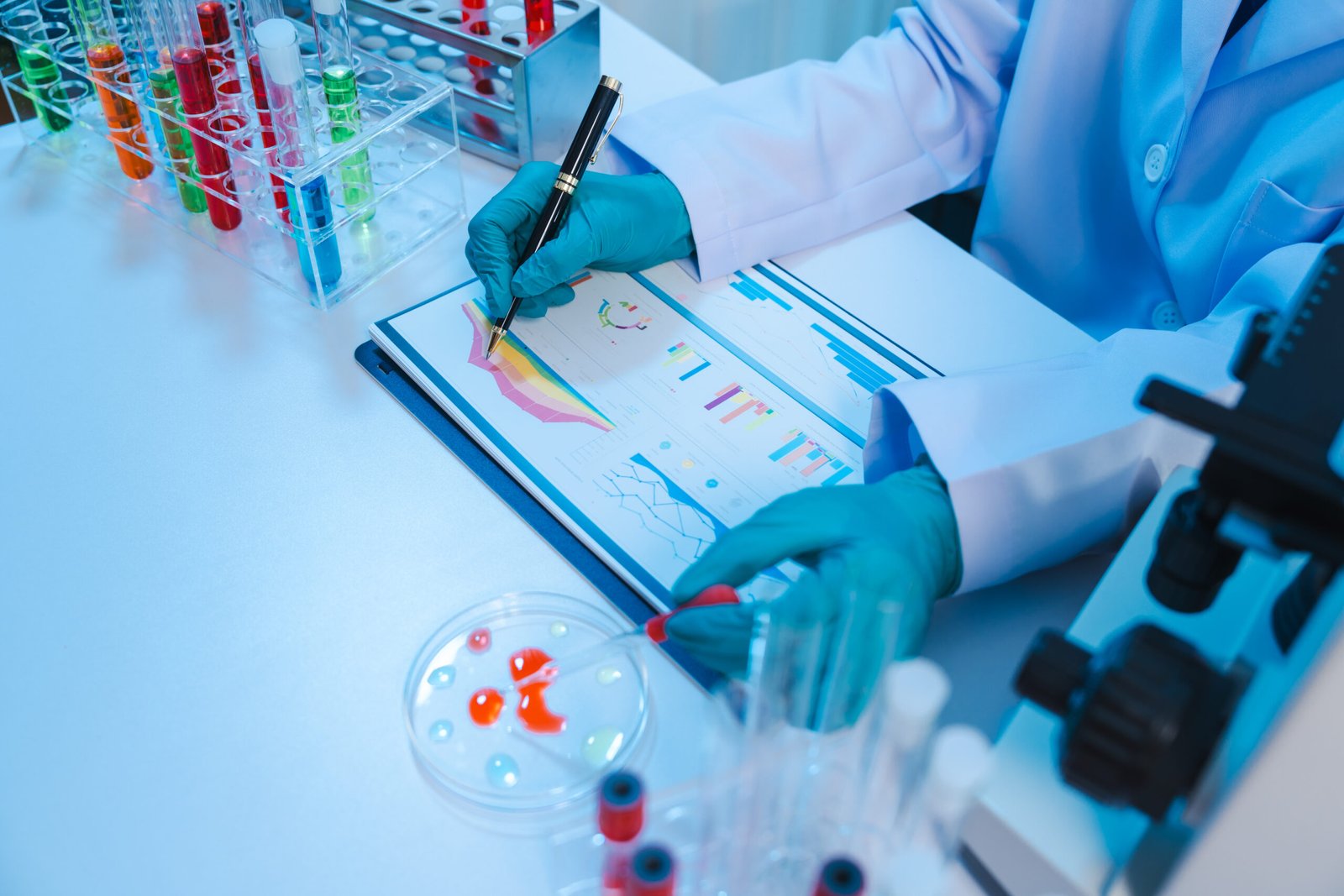Empa – the Swiss Federal Laboratories for Materials Science and Technology – is part of the ETH Domain and committed to developing materials and technologies for a sustainable and resilient future. We address global challenges through cutting-edge research and close collaboration with partners from academia, industry, and the public sector. Our work bridges fundamental science with real-world applications to create lasting societal impact. As a consortium partner, we contribute interdisciplinary expertise, state-of-the-art infrastructure, and a strong innovation mindset. Empa is also actively engaged in higher education, contributing to teaching and supervision to inspire and train the next generation of researchers. We are excited to support this initiative with our knowledge, creativity, and commitment to excellence. As part of the CHIASMA project, two Empa laboratories based in St. Gallen contribute with their expertise in developing biological barrier models and advancing the life cycle assessment (LCA) methodology.
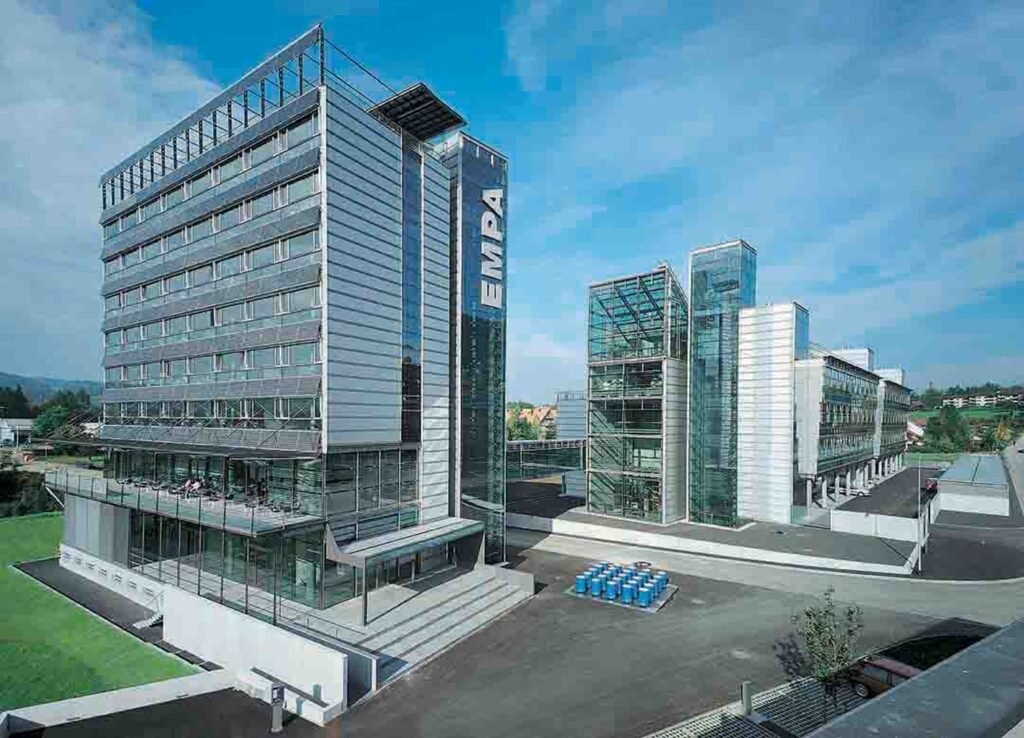
The Nanomaterials in Health Lab is pioneer in developing particle-based solutions for diagnostics and therapeutics, shaped by clinical needs. Over the years, we have significantly advanced the understanding of how particulate materials interact with human cells, tissues, and biological barriers—includingmechanisms of uptake, accumulation, translocation, and biological response. Drawing on strong expertise in cell and molecular biology, chemistry, materials science, bioinformatics, and machine learning, our interdisciplinary team has helped define key concepts in particle safety and functionality. This Lab supports innovative approaches to drug delivery, imaging, and diagnostics, with impact across industry and regulatory sectors.
As part of the Technology and Society Lab (TSL), the “Advancing Life Cycle Assessment” (ALCA) group further develops the life cycle assessment (LCA) methodology to better support early phases of technology development. Focusing on emerging technologies such as nanotechnology, ICT, mobility, and energy systems, our work extends beyond traditional environmental metrics to address societal and regulatory dimensions. We advance sustainable technology development by embedding LCA within frameworks such as SSbD or Responsible Research & Innovation (RRI). Through the improvement of impact assessment methods and expansion of life cycle inventory (LCI) data availability, the ALCA Group empowers data-driven decision-making, ensuring that new materials and technologies are developed with sustainability and responsibility at their core. With more than 40 years of expertise in life cycle assessment, we align the LCA methodology with emerging policy and innovation practices to guide the responsible development of transformative technology.
Our Role in the CHIASMA Project
The Nanomaterials in Health Lab develops advanced in vitro New Approach Methodologies (NAMs) for toxicity assessment at the skin, intestinal, and placental barriers. These barriers will be evaluated for robustness, reproducibility and interoperability, by other institutions. In turn, we will receive NAMs from other institutions to assess the reproducibility of their data. Additionally, our lab leads the Task 2.3, where we want to investigate the possibility of using NAMs to predict long-term health effects. Statement Lab Head Prof. Dr. Peter Wick “CHIASMA represents a groundbreaking leap forward in the safety assessment of novel compounds and advanced materials. By pioneering the integration of diverse scientific disciplines, this project is setting new standards in innovation and collaboration. As an experimentalist and in vitro specialist, I find it incredibly inspiring to engage with the exceptional expertise of the CHIASMA consortium. The dynamic interfaces we are building together are fertile ground for transformative ideas—this is where true innovation begins.“
The Advancing Life Cycle Assessment Group is leading WP6, focusing on the integration and application of methods and strategies developed throughout the various WPs of the project. The group is directly contributing and leading the Tasks 6.3, 6.4, and 6.5.
The main objective is to adapt new concepts and theories to the Next Generation Risk Assessment (NGRA) framework and to enhance the current USEtox method for assessing human and environmental toxicity by integrating in vitro/in silico data. Also, directly contributing to the environmental assessment toward an absolute sustainability assessment, followed by the development and operationalization of a framework aligned with EU’s SSbD guidelines incorporating key breakthroughs from across the project’s WPs. Statement Group Leader Roland Hischier “Being part of the CHIASMA consortium allows my team to be in a close exchange with specialist for all the safety-related steps within the SSbD framework (i.e. steps 1 to 3) – and by bringing together the knowledge from the different partners there, to establish a more consistent and more comprehensive assessment framework for the sustainability assessment (i.e. step 4). In a subsequent activity, we then will ensure the consistency across all these steps, in order to make out of SSbD a relevant framework to guide material developments towards more sustainable solutions.“
